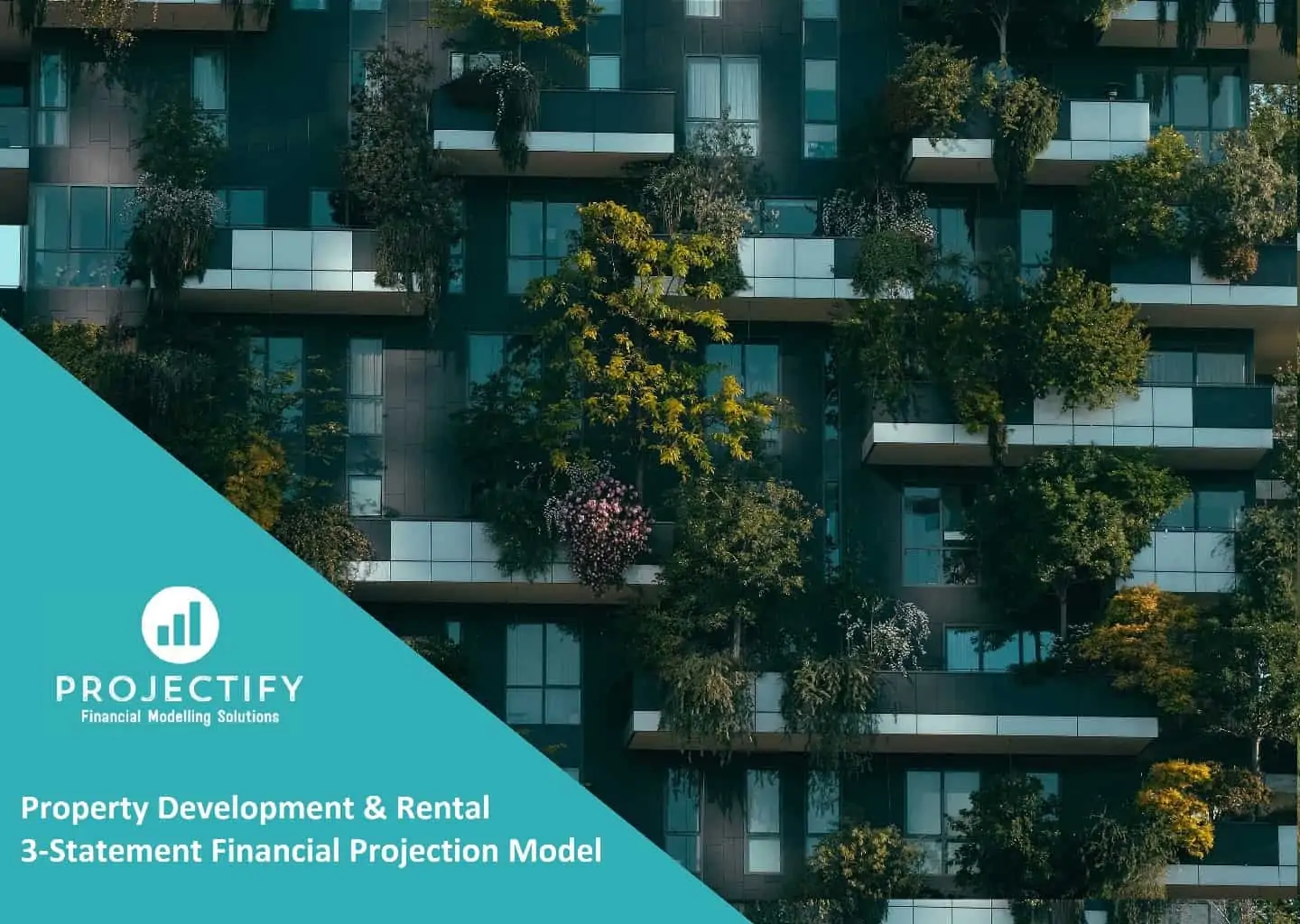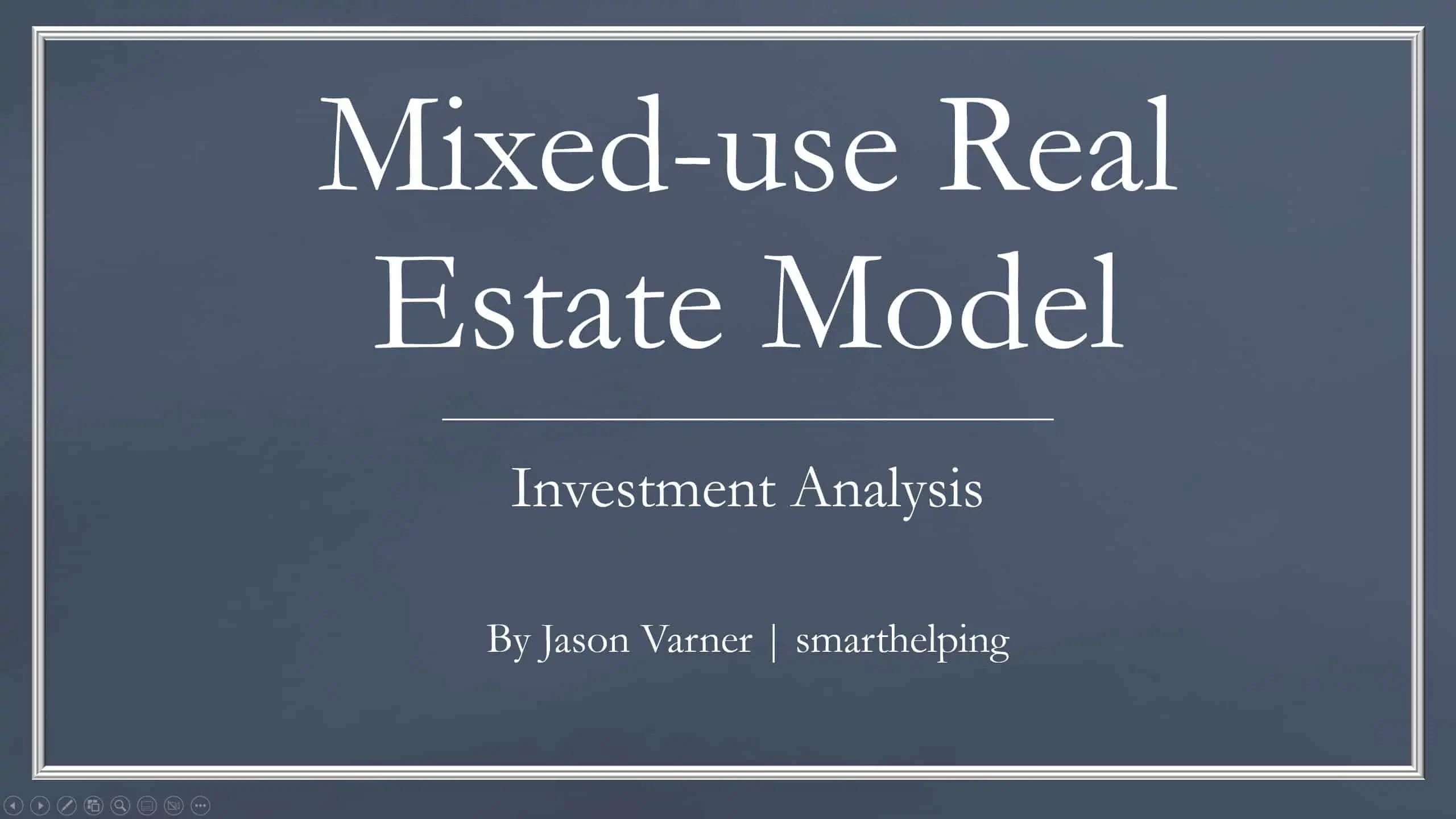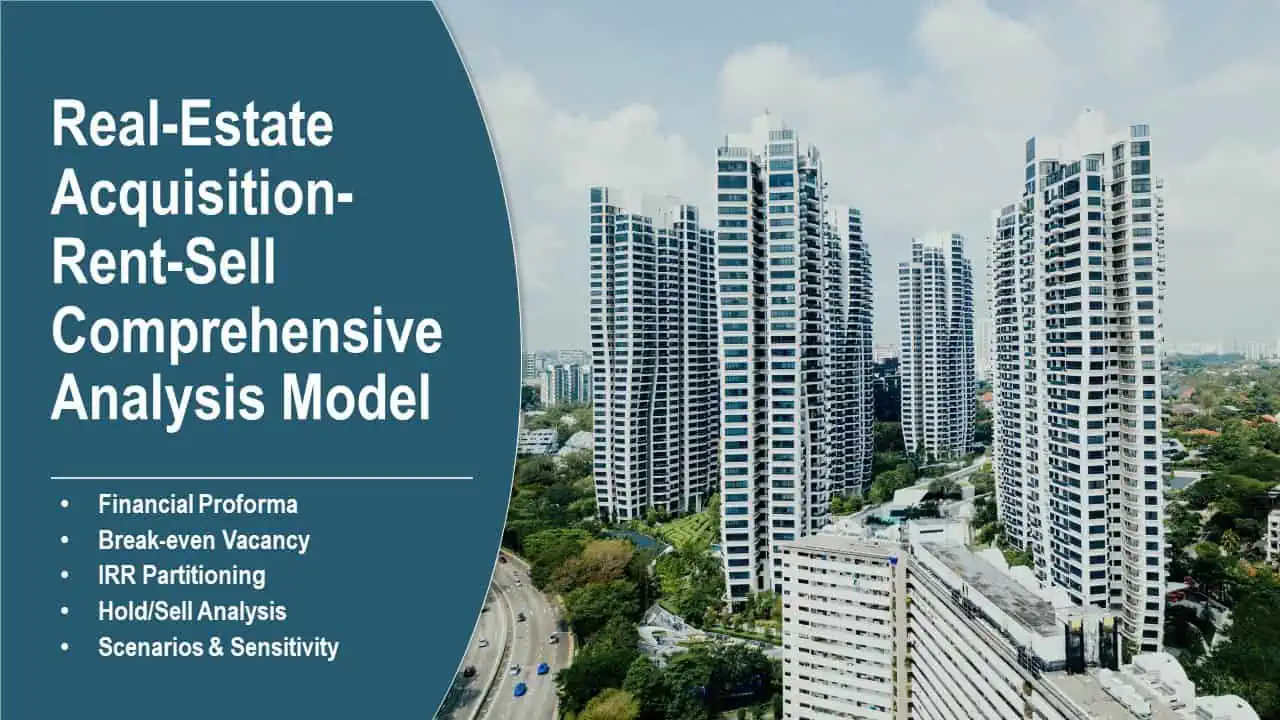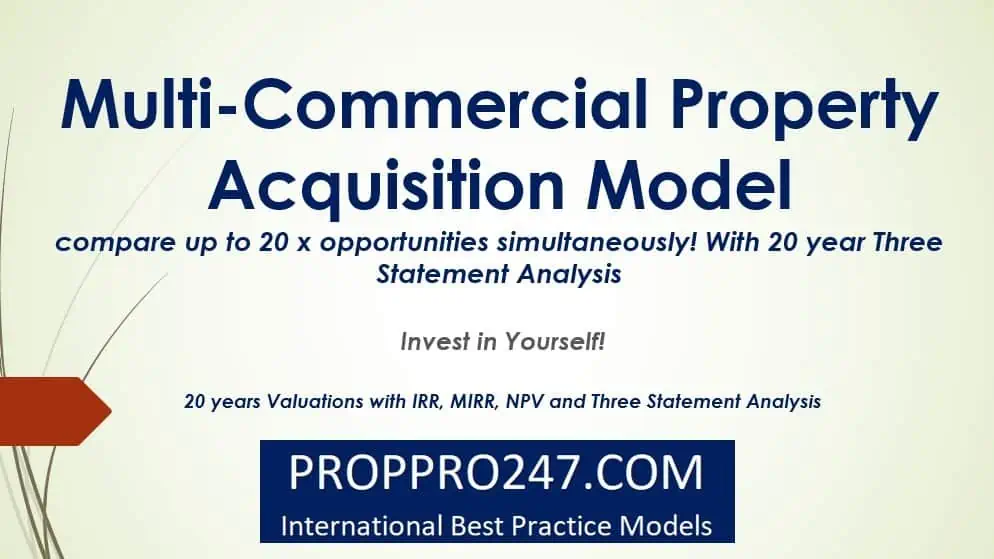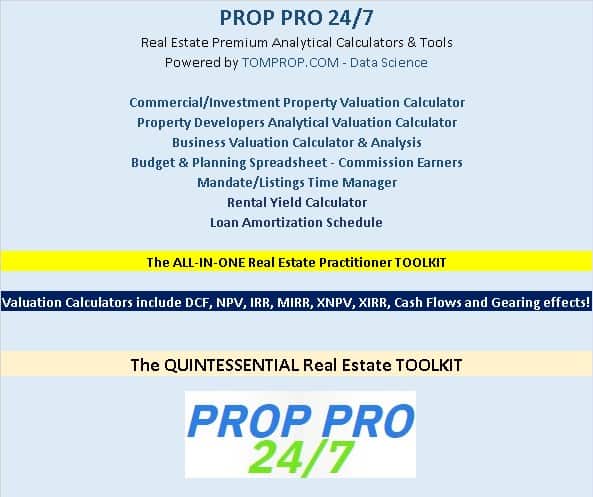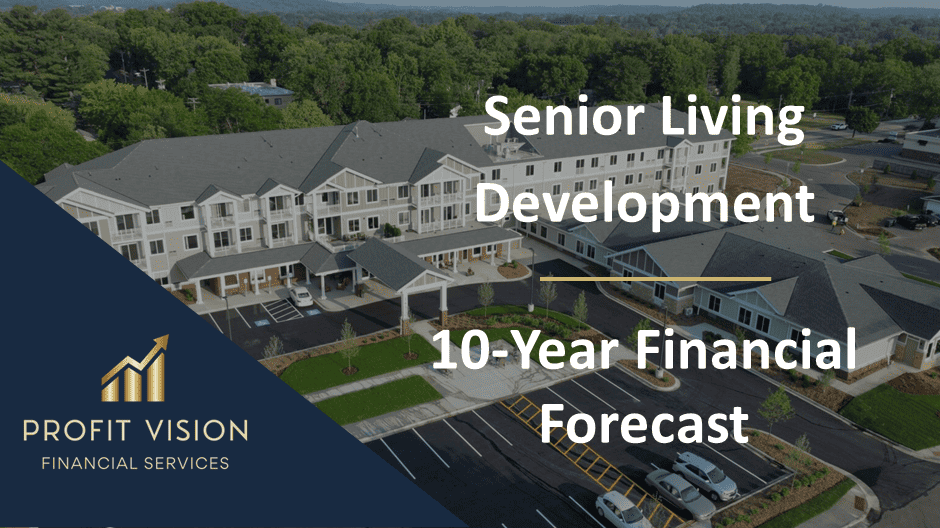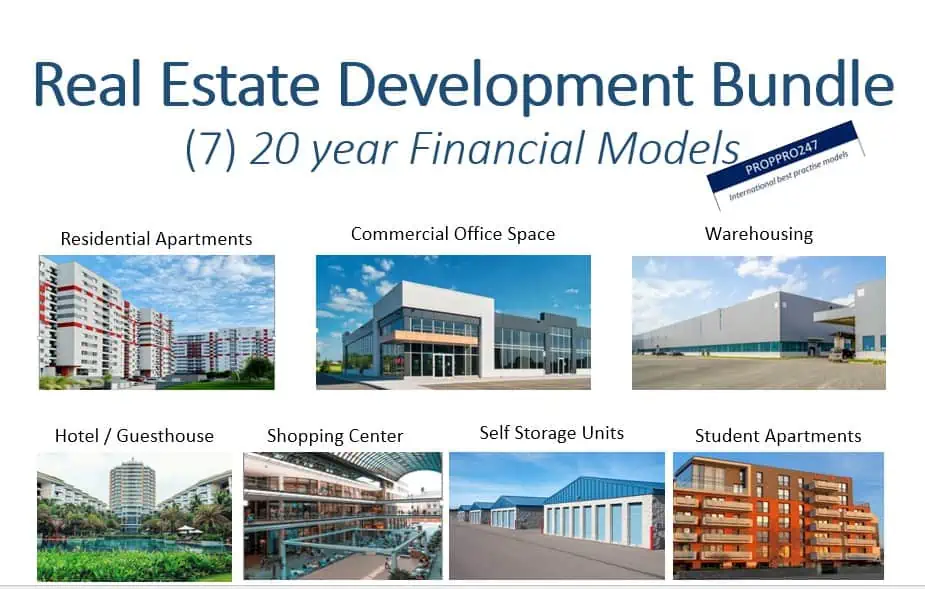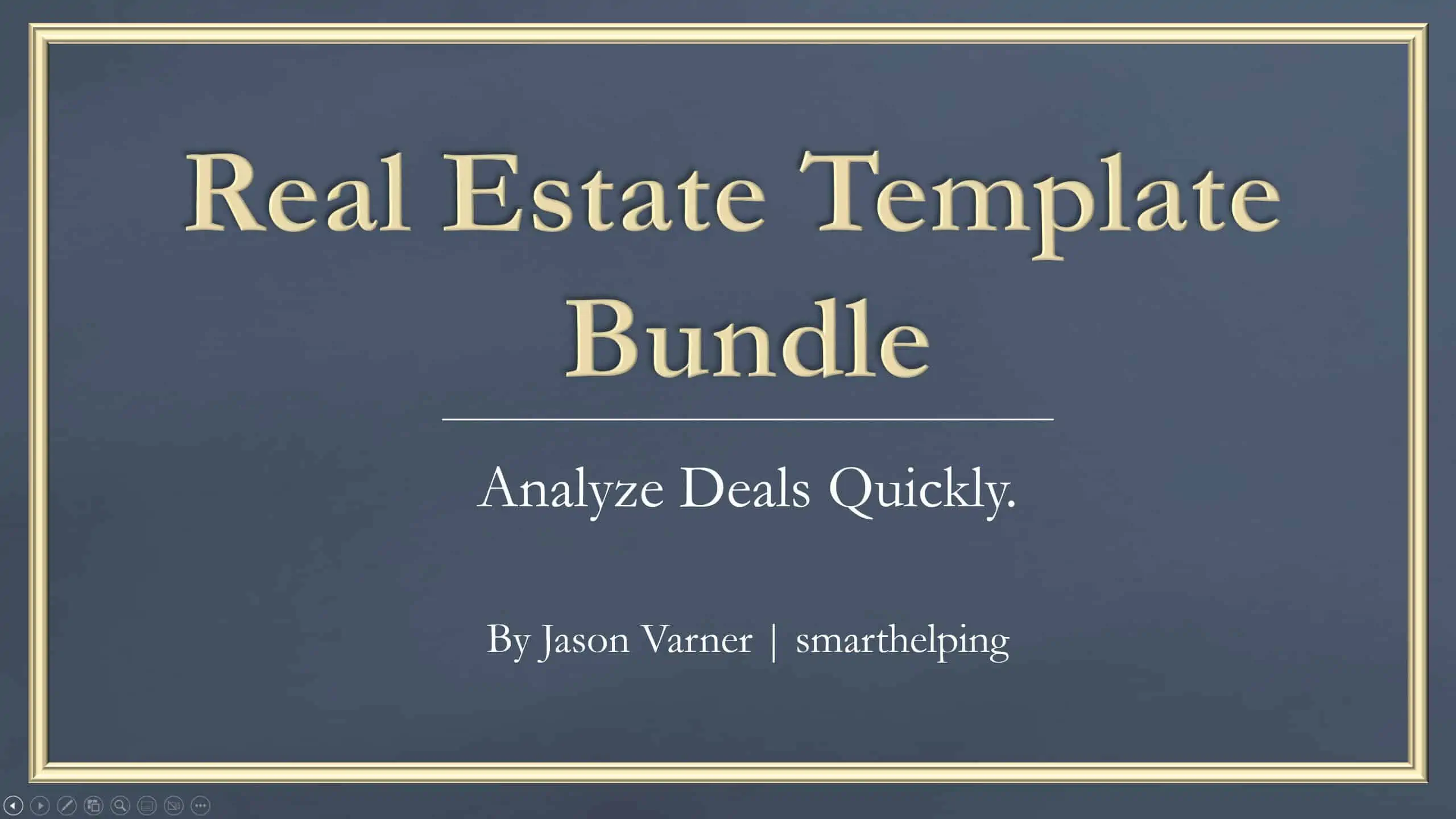Care Home Business 10-Year 3 Statement Financial Projection Model
10 year rolling financial projection Excel model for a multi care home business developing and operating care homes providing accommodation, meals, assistance, medical care and services to residents.

PURPOSE OF MODEL
A care home, nursing home or residential care facility, is a place where individuals, typically older adults or people with disabilities or health conditions, live and receive care and support. These facilities provide accommodation, meals, assistance with daily living activities, and often medical care from qualified professionals like nurses or caregivers.
Our highly versatile and user-friendly Excel model allows for the preparation of a of 10-year rolling 3 statement (Income Statement, Balance Sheet and Cash flow Statement) financial projection with a quarterly timeline for a startup or existing multi-care home business generating revenue by providing accommodation, meals, assistance, medical care and services to residents.
The model allows the user to model up to 3 separate care homes each with their own stage of development/operation and own rates, volumes, direct expenses and direct staff costs. Apart from revenue and direct costs, the model allows the user to model indirect staff costs, marketing costs, other administrative costs, fixed assets, borrowings, sales tax, corporate tax and dividend distributions.
The model follows good practice financial modelling principles and includes instructions, line item explanations, checks and input validations and incorporates a discounted cash flow valuation calculation using the projected cash flows.
KEY OUTPUTS
The key outputs include:
- Projected full financial statements (Income Statement, Balance Sheet and Cash flow Statement) presented on a quarterly basis across up to 10 years and summarised on an annual basis.
- Dashboard with:
- Summarised projected Income Statement and Balance Sheet;
- Compounded Annual Growth Rate (CAGR) for each summarised income statement and balance sheet line item;
- List of key ratios including average revenue growth, average profit margins, average return on assets and equity and average debt to equity ratio;
- Bar charts summarising income statement and balance sheet projections;
- Revenue and gross profit by care home presented in table and chart formats.
- Charts and graphs showing: cash balance by month, free cash flow generation, cash flow statement breakdown, profit margins, income statement breakdown, net cash vs net income, working capital, valuation and capital structure.
- Discounted cash flow valuation using the projected cash flow output.
- Breakeven analysis
KEY INPUTS
Setup Inputs:
- Name of business;
- Currency;
- First projection year and quarter;
- Naming for care homes, accommodation packages, services offered, (in)direct staff, direct expenses, marketing costs, staff costs, admin costs, fixed assets and borrowings;
- Sales tax applicability for services, direct costs, other expenses and fixed assets.
Actuals Inputs:
- Opening balance sheet (for existing businesses);
- Income Statement actuals (for trend analysis);
Projection Inputs:
- Care home assumptions including stage of operation (eg in operation, in construction or forecast), development period (if applicable), total rooms, maximum capacity (residents),
- Care home development assumptions including costs of land, hard costs, soft costs, capitalizable portion of development costs, sales tax applicability.
- Care home occupancy rate, split by accommodation package type, rates by package type,
- Other Services revenue including rates and volumes;
- Direct expenses and direct staff inputs (for each care home);
- Non-direct staff cost inputs including staff numbers, average salary per full time position, average employer’s social security percentage of salary, average annual bonus and bonus payment months.
- Other costs inputs including marketing costs and other operating costs;
- Sales and corporate tax inputs including rate and payment periods;
- Dividend inputs including amount (percentage of retained earnings) and frequency;
- Fixed assets including addition amounts and useful life;
- Borrowings including addition amounts, interest rate and maturity date;
- Share capital additions;
- Discount rate inputs (for valuation calculation).
MODEL STRUCTURE
The model comprises of 9 tabs split into input (‘i_’), calculation (‘c_’), output (‘o_’) and system tabs. The tabs to be populated by the user are the input tabs (‘i_Setup’, ‘i_Actuals’ and ‘i_Assumptions’). The calculation tab uses the user-defined inputs to calculate and produce the projection outputs which are presented in ‘o_Fin Stats’, ‘o_Dashboard’ and ‘o_DCF’.
KEY FEATURES
Other key features of this model include the following:
- The model contains a flexible timeline that allows for a mix of actual and forecast periods across a 10-year period. This allows projections to be easily rolled forward as forecast periods become actual period;
- Timeline is split on a quarterly basis and summarised on an annual basis;
- The model allows the user to model up to 3 separate care homes each with their own stage of development/operation, volumes and direct costs;
- The model is not password protected and can be modified as required following download;
- The model is reviewed using specialised model audit software to help reduce risk of formula inconsistencies;
- The model allows for the following number of underlying categories for each line item (these can be easily expanded if required):
- Care homes – 3 locations;
- Accommodation Packages – 10 packages;
- Other Services offered – 5 categories;
- Direct expenses – 8 categories;
- Staff costs – 8 direct categories and 8 non-direct categories;
- Marketing costs – 5 categories;
- Other expenses – 15 categories;
- Fixed assets – 5 categories;
- Borrowings – 3 facilities
- Apart from projecting revenue and costs the model includes the possibility to model fixed assets, borrowings (amortising), dividends and corporate tax;
- Business name, currency, starting projection period are fully customisable;
- Revenue, cost and fixed asset descriptions are fully customisable;
- The model included an integrated discounted cash flow valuation using the projected cash flow outputs;
- The model includes instructions, line-item explanations, checks and input validations to help ensure input fields are populated accurately;
- The model includes a checks dashboard which summarises all the checks included in the various tabs making it easier to identify any errors.
SUPPORT / MODIFICATIONS
We are keen to ensure our customers are satisfied and find the models useful for their financial projection needs. Our models are developed with the user in mind and include instructions, line-item explanations, checks and input validations to ensure they are as user-friendly and easy to use as possible without requiring extensive knowledge of Microsoft Excel, finance or accounting. If any questions do arise, we are more than happy to assist. We are also happy to support with any be-spoke modifications you may require to the models to better suit your business needs. To get in touch, please send us a message through the efinancialmodels.com site or contact us on: [email protected]
We are also always keen to receive feedback so please do let us know what you think of our models by sending us a message or submitting a review.
ABOUT PROJECTIFY
We are financial modelling professionals with experience working in big 4 business modelling teams and strong experience supporting businesses with their financial modelling and decision support needs. Our aim is to provide robust and easy-to-use tools that follow good practice financial modelling guidelines and assist individuals and businesses with their financial projection and analysis requirements.
Similar Products
Other customers were also interested in...
Student Accommodation Business 10-Year 3 Statement...
10 year rolling financial projection Excel model for a startup or existing business developing and o... Read more
Property Development & Rental Financial Proje...
3-Statement 5-year rolling projection model with a valuation for new or existing business developing... Read more
BRRRR Real Estate Investment Financial Projection ...
3 Statement 5 year financial projection Excel model for a new or existing Buy, Rehab, Rent, Refinanc... Read more
Mixed-Use Real Estate Model: Leverage / JV Options
A general real estate model to plan all assumptions for up to 7 'uses' for a given property. Include... Read more
Real Estate Acquisition-Rent-Sell Comprehensive An...
An integrated, dynamic and ready-to-use Real Estate Acquisition-Rent-Sell Comprehensive Analysis Mod... Read more
Acquisition Model for Commercial Property
This is the Quintessential Commercial Property Acquisition Model that allows you to compare up to 20... Read more
The Realtors Quintessential ALL-IN-ONE Toolkit
Professional Realtors need a professional Toolkit which allows them to operate at a higher level. Th... Read more
Senior Living Development – 10 Year Financial Mo...
Senior living apartments are just that – apartments (townhouses and condos may also fall in this c... Read more
Real Estate Development Bundle
This Real Estate Development Bundle is a collection of real estate calculators or tools in MS Excel ... Read more
Real Estate Financial Model Bundle
This is a collection of financial model templates that provides the financial projections and valuat... Read more
You must log in to submit a review.













